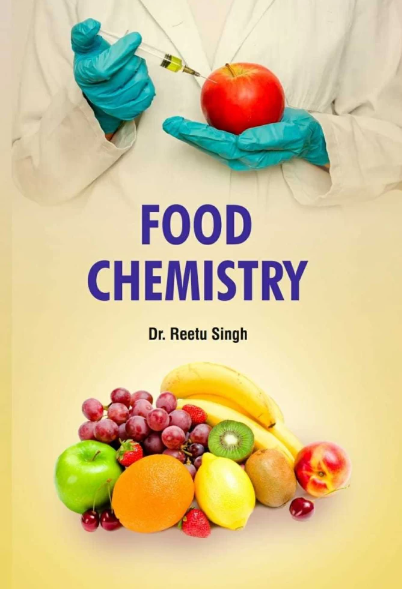Differences in odor-active compounds and non-volatile precursors between spray-dried and freeze-dried Spirulina platensis revealed by GC×GC-TOFMS-O and UPLC-MS/MS
IF 8.5
1区 农林科学
Q1 CHEMISTRY, APPLIED
引用次数: 0
Abstract
The effects of freeze-drying and spray-drying on odorants and precursors in Spirulina platensis (Sp) cultivated in different environments (gj: glass jar; rp: raceway pond; cp: circular pond) were investigated. Ninety-four odorants were identified, and hexanal, (Z)-4-decenal, (E, E)-2,4-decadienal, β-cyclocitral, β-ionone, dimethyl trisulfide exhibited higher flavor dilution factors (≥ 81). Spray-drying increased pyrazines and terpenoids formation, enhancing roasted and seaweed-like odors, whereas freeze-drying retained higher levels of aldehydes and acids, causing fishy and rancid odors. Freeze-dried Sp-gj was enriched in dimethyl sulfur, whereas spray-dried Sp-gj, Sp-rp, and Sp-cp were enriched in dimethyl trisulfide, emphasizing the influence of cultivar and drying on sulfide formation. Spray-drying converted β-carotene into β-cyclocitral and β-ionone and methionine into methional and dimethyl trisulfide, elucidating the mechanisms responsible for seaweed-like and fishy odors for Sp. These findings underscore the critical role of cultivar and drying in modulating S. platensis odor, providing valuable insights for optimizing its sensory attributes.

利用GC×GC-TOFMS-O和UPLC-MS/MS分析喷雾干燥和冷冻干燥螺旋藻气味活性物质和非挥发性前体的差异
冻干和喷雾干燥对不同栽培环境下螺旋藻(Spirulina platensis, Sp)气味和前体的影响(gj:玻璃罐;Rp:滚道池;Cp:圆形池塘)。共鉴定出94种气味剂,已醛、(Z)-4-癸烯醛、(E, E)-2,4-癸烯醛、β-环柠檬醛、β-离子酮、二甲基三硫醚具有较高的风味稀释因子(≥81)。喷雾干燥增加了吡嗪和萜类化合物的形成,增强了烘烤和海藻样的气味,而冷冻干燥保留了更高水平的醛和酸,导致鱼腥味和腐臭味。冻干的Sp-gj富含二甲基硫,而喷雾干燥的Sp-gj、Sp-rp和Sp-cp富含二甲基三硫化物,强调了品种和干燥对硫化物形成的影响。喷雾干燥将β-胡萝卜素转化为β-环柠檬醛,将β-ionone和蛋氨酸转化为甲基和二甲基三硫化物,阐明了Sp类海藻和鱼腥味的机制。这些发现强调了品种和干燥在调节S. platensis气味中的关键作用,为优化其感官属性提供了有价值的见解。
本文章由计算机程序翻译,如有差异,请以英文原文为准。
求助全文
约1分钟内获得全文
求助全文
来源期刊

Food Chemistry
工程技术-食品科技
CiteScore
16.30
自引率
10.20%
发文量
3130
审稿时长
122 days
期刊介绍:
Food Chemistry publishes original research papers dealing with the advancement of the chemistry and biochemistry of foods or the analytical methods/ approach used. All papers should focus on the novelty of the research carried out.
 求助内容:
求助内容: 应助结果提醒方式:
应助结果提醒方式:


